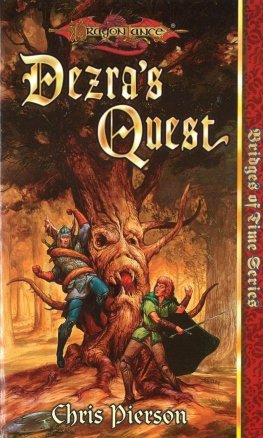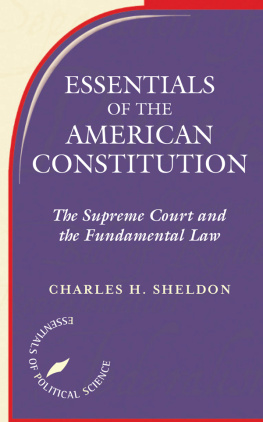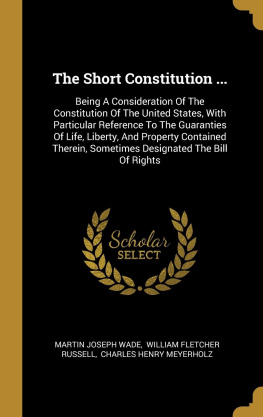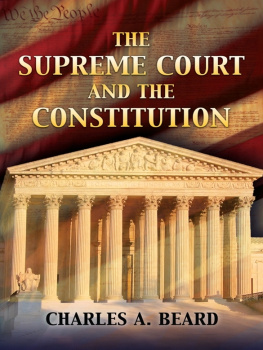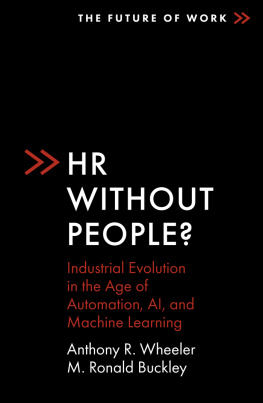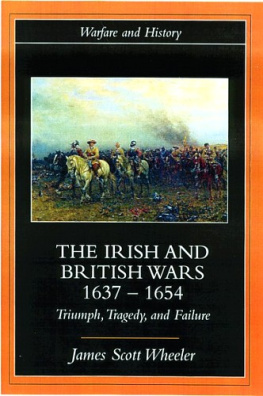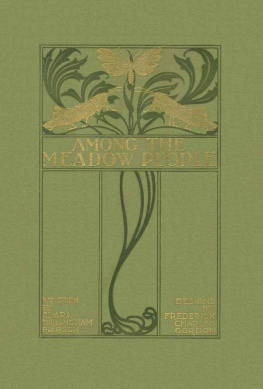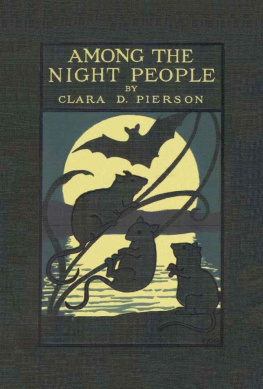OUR CHANGING CONSTITUTION
BY
CHARLES W. PIERSON
[Illustration: decorative anchor]
GARDEN CITY NEW YORK
DOUBLEDAY, PAGE & COMPANY
1922
COPYRIGHT, 1922, BY DOUBLEDAY, PAGE & COMPANY
ALL RIGHTS RESERVED, INCLUDING THAT OF TRANSLATION INTO FOREIGN LANGUAGES, INCLUDING THE SCANDINAVIAN
PRINTED IN THE UNITED STATES AT THE COUNTRY LIFE PRESS, GARDEN CITY, N.Y.
CONTENTS
I. THE SALIENT FEATURE OF THE CONSTITUTION 1
The American Constitution, its origin and contents. Wherein its novelty and greatness lay. Importance of maintaining the equilibrium established between national and state power. View of John Fiske.
II. THE SUPREME COURT OF THE UNITED STATES 3
Place of the Court in the constitutional scheme. Its most important function. Personnel of the Court. Its power moral rather than physical. Its chief weapon the power to declare legislative acts unconstitutional. Limitations on this powerpolitical questions; necessity of an actual controversy; abuses of legislative power. Erroneous popular impressions. Impairment of the constitutional conscience.
III. OUR CHANGING CONSTITUTION 18
Change in popular attitude toward the Constitution. Causes of the change (growth of national consciousness, wars, foreign relations, influence of later immigrants and their descendants, desire to obtain federal appropriations, economic development, railroads, free trade among the states). Methods by which change has been put into effect (constitutional amendment, treaties, federal legislation under cover of power to regulate commerce and lay taxes). Attitude of the Supreme Court. Differences of opinion in the Court.
IV. THE EIGHTEENTH OR PROHIBITION AMENDMENT 35
History and radical character of amendment. Efforts to defeat it in the courts. Unusual course taken by Supreme Court. Discussion of its true place in the development of American constitutional law. Less a point of departure than a spectacular manifestation of a change already under way. Effect of the change on the principle of local self-government.
V. THE NINETEENTH OR WOMAN SUFFRAGE AMENDMENT 49
Attitude of the Constitution toward question of suffrage qualifications. Effect of Civil War amendments. Growth of woman suffrage movement and adoption of Suffrage Amendment. How far the amendment constitutes a federal encroachment on state power. Effect of woman suffrage on questions of governmental theory.
VI. CONGRESS VERSUS THE SUPREME COURTTHE CHILD LABOR LAWS 59
The child labor question. Philanthropic and commercial aspects. Attempt
of Congress to legislate under power to regulate commerce. Decision of
Supreme Court holding law unconstitutional. The decision explained.
Renactment of law by Congress under cover of power to lay taxes.
Arguments for and against constitutionality of new enactment.
VII. STATE RIGHTS AND THE SUPREME COURT 69
The Supreme Court at first a bulwark of national power; to-day the defender of the states. Explanation of this apparent change. Attitude of the Court in the first period. The period of Chief Justice Marshall. The period of Chief Justice Taney. The Reconstruction Period. Attitude of the Court to-day. Reasons why the Court is unable to prevent federal encroachment. Attitude of Hamilton and Marshall toward state rights misunderstood.
VIII. THE FEDERAL TAXING POWER AND THE INCOME TAX AMENDMENT 85
America's embarrassing position if the late war had come before adoption of Income Tax Amendment. Limitations of federal taxing power under the Constitution. Meaning of "uniformity." Apportionment of "direct taxes." The Supreme Court decision in the Income Tax cases in 1894 a reversal of long settled ideas. The Income Tax Amendment an example of recall of judicial decisions. Implied limitations on federal taxing power (compensation of federal judges, due process clause of the Constitution, no power to tax property or governmental activities of the states).
IX. CAN CONGRESS TAX THE INCOME FROM STATE AND MUNICIPAL BONDS? 97
No express prohibition of such taxation; it lies in an implied limitation inherent in our dual system of government. Discussion of doctrine and its development by the Supreme Court. Effect of the Income Tax Amendment. Present dissatisfaction with doctrine and efforts to abolish it.
X. IS THE FEDERAL CORPORATION TAX CONSTITUTIONAL? 106
Nature of the tax. An interference with state power to grant corporate franchises. Nature of our dual government and Supreme Court decisions on the subject discussed. The debate in Congress.
XI. THE CORPORATION TAX DECISION 122
Importance of the decision likely to be overlooked. Criticism of the
Court's arguments. Effects of the decision.
XII. THE FEDERAL GOVERNMENT AND THE TRUSTS 129
Origin and history of Sherman Act. Its meaning now clear. Earlier uncertainties owing chiefly to two questionsWhat is interstate trade and Does the act enlarge the common-law rule as to what restraints were unlawful? How these questions have been settled. Statement of the common-law rule. Incompatibility between the law and present economic conditions. Suggestions for legal reform. The holding company device, its abuses and the possibility of abolishing it. Advantages of the scheme of federal incorporation.
XIII. WHAT OF THE FUTURE? 143
Rapid progress and present extent of federal encroachment on state power. Growth of federal bureaucracy. A reaction against centralization inevitable sooner or later. Adequacy of Constitution to deal with changing conditions. The railroads and the trusts. Dangerous assaults upon Constitution in field of social welfare legislation. Exercise of police power a matter for local authority. Elihu Root's view. Outlook for the future.
APPENDIX 153


